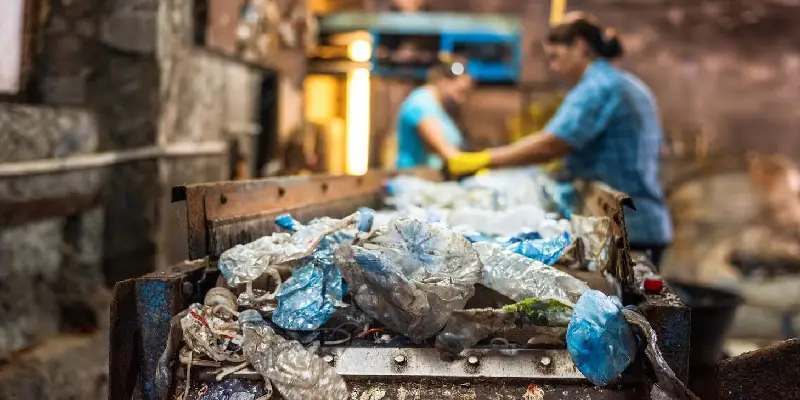
Recycling has become a part of the daily life of millions of Australians. Most of us separate our waste, rinse out the containers and place items into the correct bins, trusting that we’re doing the right thing for the planet. But what actually happens to your recycling after it leaves the kerb? The journey is longer and more complicated than many of you realise.
Once you’ve wheeled your trash to the kerb, local council rubbish contractors, will collect it with specialised trucks. These vehicles frequently feature several compartments, for various types of recyclables, including paper and containers. The collected items are then transferred, to a neighbouring items Recovery Facility (MRF) for sorting.
At the MRF, recycling is sorted using a combination of machines and human workers. Large items are removed manually while the automated systems use magnets, air jets and rotating screens, to separate metals, plastics, glass and paper. Regardless of the technique, contaminations such as food scraps or soft plastics can still pose problems, and some materials may be completely rejected.
Contamination remains as one of the biggest challenges in the Australia’s recycling system. When nonrecyclable or unclean things are placed in the recycling container, they can contaminate the entire load. For example, greasy pizza boxes or unrecyclable plastics might divert recyclable resources to landfills. Thus, education about effective recycling is critical to ensuring that more of our waste is reused.
Once everything has been sorted, the recyclable materials are baled and transported to processing facilities. In Australia, part of this material is locally turned into new goods. Paper, for example, can be recycled into new cardboard, while plastics can be reused to make construction materials or garments. However, due to limited local capacity some recyclables, are still shipped to other nations, mainly South east Asia.
In recent years, Australia has made strides towards a more circular economy, one where products are reused, repaired and recycled, for as long as possible. Government bans on exporting certain types of waste have encouraged more onshore recycling to get started. Companies are also being pushed to create products and packaging that are more environmentally friendly and easier to recycle.
The success of the recycling process begins at home. You can help by only placing accepted items in your recycling bin, rinsing containers and keeping soft plastics and hazardous waste out of these bins and your home. Using less in the first place and selecting ecologically friendly packaging are also effective strategies to lower your carbon footprint.
Conclusion
Recycling does not stop when the bin is empty; it goes through a complex system of sorting, processing and remanufacturing. While the system has problems, particularly in terms of contamination and capacity, good measures are being taken to ensure a more environmentally friendly and efficient future. We can all contribute to waste reduction and environmental protection by properly recycling, and making informed decisions.